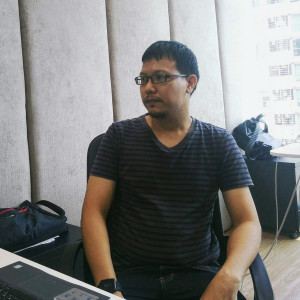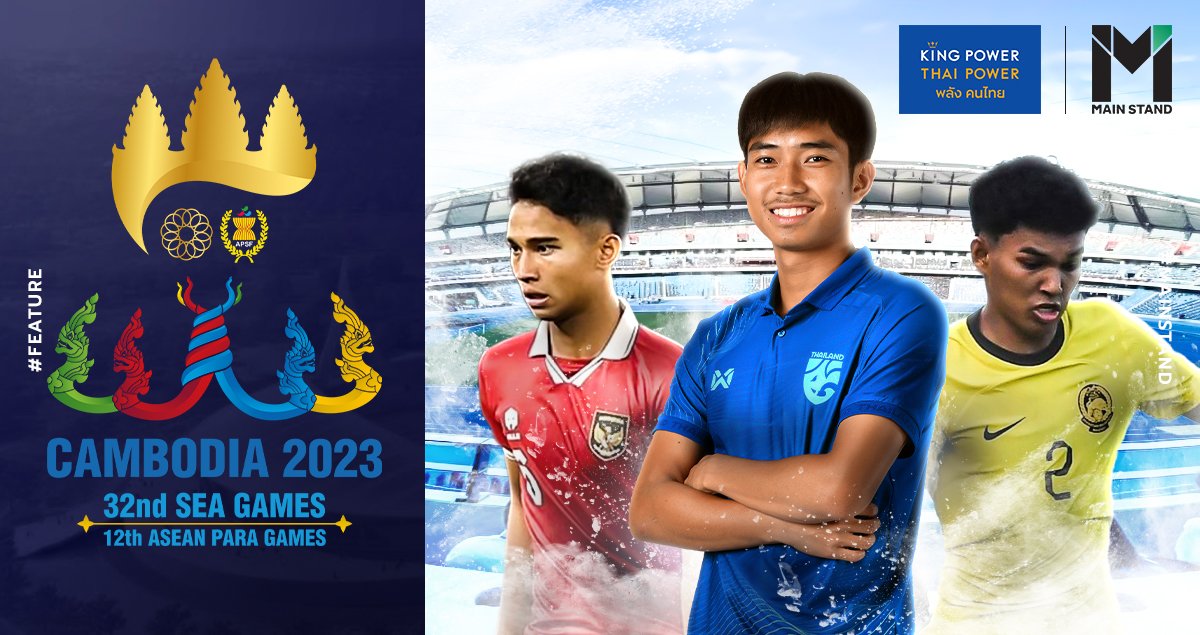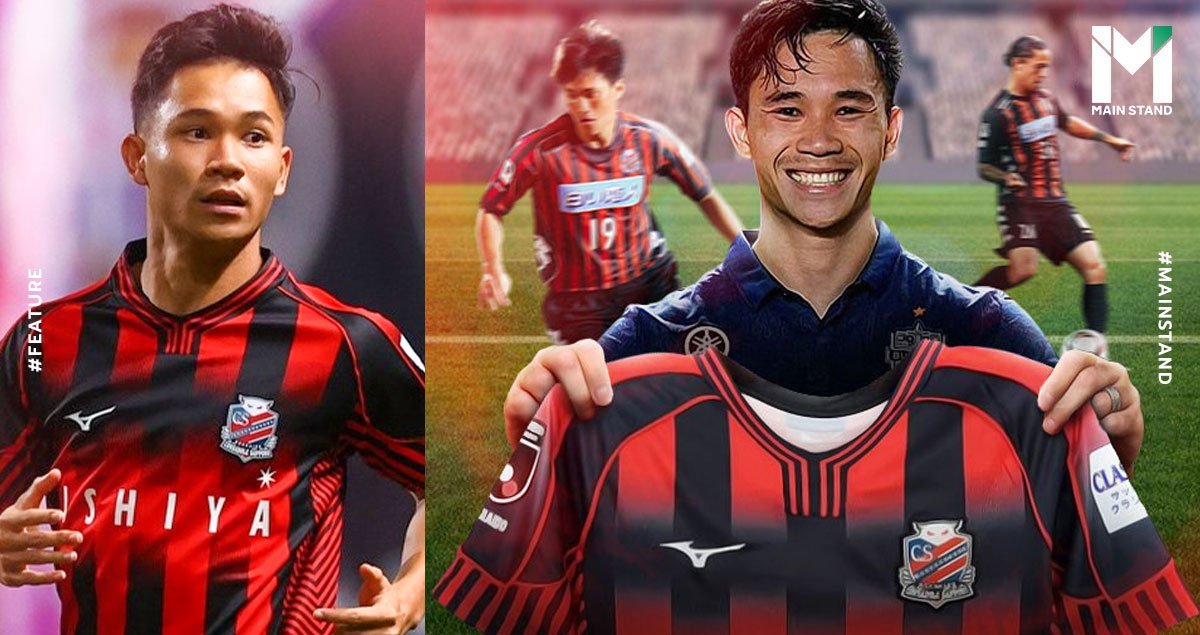
Supachok Sarachat has made his moments count in his half-season loan at J. League 1 club Consadole Sapporo. From the seven appearances he's made for the Hokkaido side, 'Check' has recorded three assists and shown glimpses of his attacking flare.
There has been a lot of hype around the 24-year-old since the news broke out earlier this year that the rising star from Buriram United signed with Consadole Sapporo on a six-month loan deal.
“He is an influential player, so much so that he was dubbed the ‘Treasure of Thailand’ on the field,” said Hirokatsu Mikami, Consadole Sapporo’s general manager.
However, recruiting players from Thailand and other Southeast Asian countries is not new for Consadole, as they are one of the few teams that have continuously shown interest in players from ASEAN countries. By joining Consadole, Supachok follows in the footsteps of Chanathip Songkrasin, who became a star at the Hokkaido club during his four-year stint there.
Why does Consadole place so much importance on Southeast Asia, and why have they been willing to invest in players from the region? Find out on Main Stand
Asia strategy
Consadole Sapporo’s interest in Southeast Asia can be traced back to over 10 years ago when J.League launched its Asia Strategy campaign in 2012.
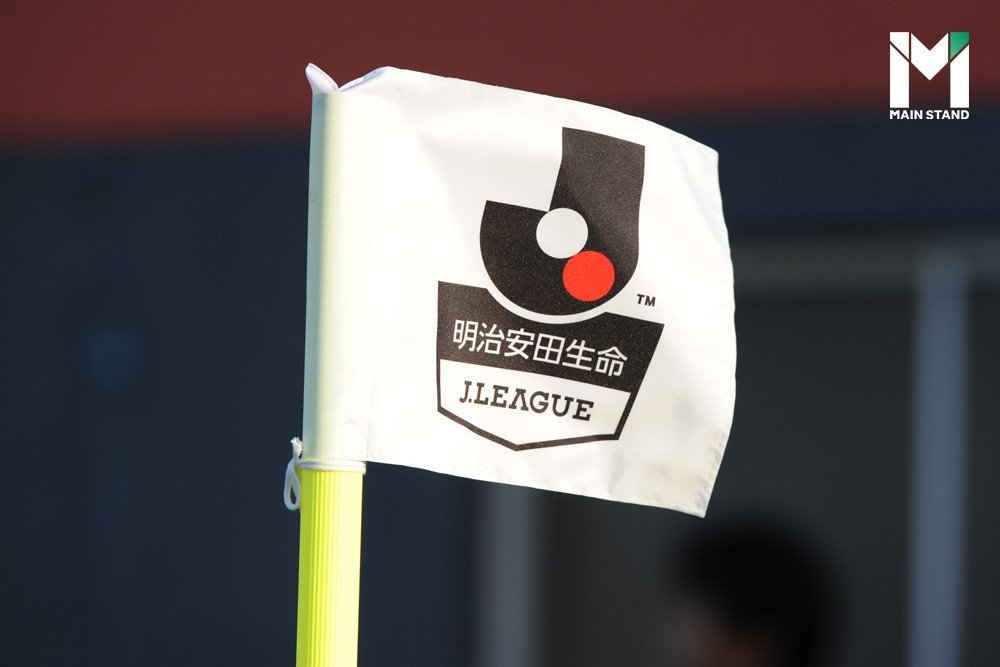
Because the J.League was already maximizing its potential in the domestic market, league executives prioritized promoting the league to international audiences. Southeast Asia appeared like the ideal choice, given the region’s large number of passionate football fans and Japan’s long-standing business presence there.
“Many Japanese companies have been targeting Southeast Asia, and the J-League is trying to do the same,” said Kei Koyama, head of the league's Asia Strategy office, to the New York Times.
“We are trying to increase the fan base of the J-League while at the same time helping Asian football develop, which benefits everyone.”
In the beginning, J.League started by signing a Memoranda of Understanding (MOU) with top leagues in Thailand, Vietnam, and Myanmar to exchange their knowledge and resources, hoping that the teams from J.League would recruit their players.
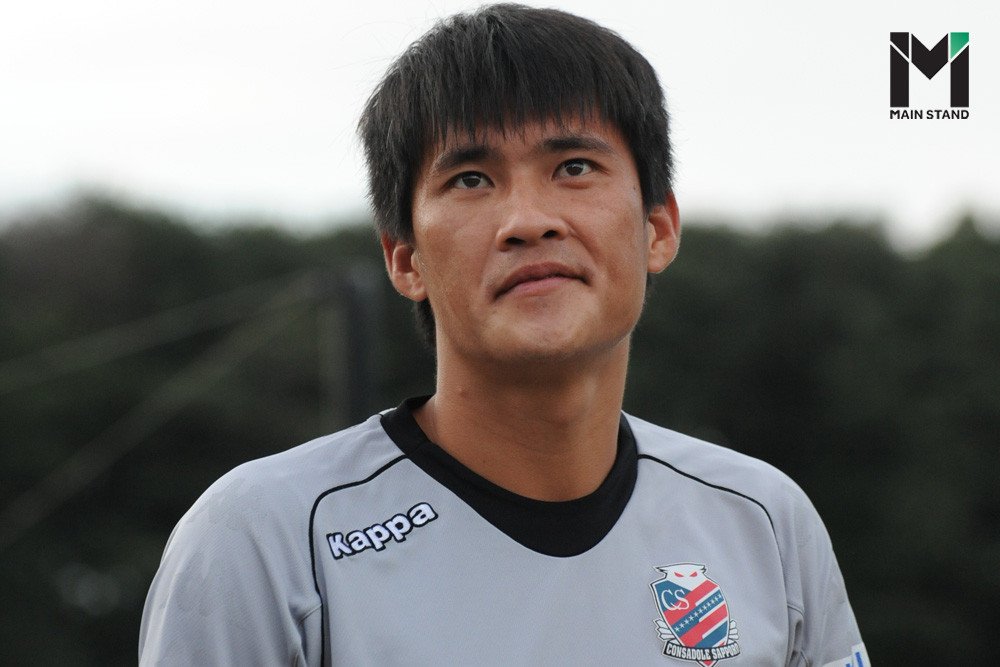
However, the only team to comply with this strategy was Consadole, who were in the second tier (J2) at the time. Their first foray into the ASEAN market saw them pick up Vietnamese star striker Lê Công Vinh in 2013, who had a short but successful tenure on loan from V.League side Sông Lam Nghê An, going on to score four goals and register two assists in 11 games with the Owls.
Their next two attempts saw them sign Dutch-Indonesian pair Stefano Lilipaly and Irfan Bachdim in 2014 and 2015, respectively. However, the former never saw the pitch, while the latter spent most of his time recovering from injuries and was ultimately released in 2016.
The ASEAN push was yet to pay dividends for the club, who needed to up their game in their push for a spot in J1. But, thankfully, in 2017, a new hope arose for Consadole.
An impact from Siam
The 2017 season saw significant changes in what became a crucial year for the J.League’s Asia Strategy. Regulations on overseas players were relaxed, and players from partner nations (Thailand, Vietnam, Cambodia, Singapore, Indonesia, Iran, Malaysia, and Qatar) were no longer counted as part of the foreign player quota.
This gave more opportunities for the ASEAN athletes, who were often overlooked, to make the trip to Japan. The first ones to make a move under the new quota were Thailand’s Sitthichok Paso and Cambodia’s Chan Vathanaka, who signed with J3 clubs Kagoshima United and Fujieda MYFC, respectively.
However, it was once again Consadole who led the way, securing a major high-profile singing shortly after their promotion to J1.
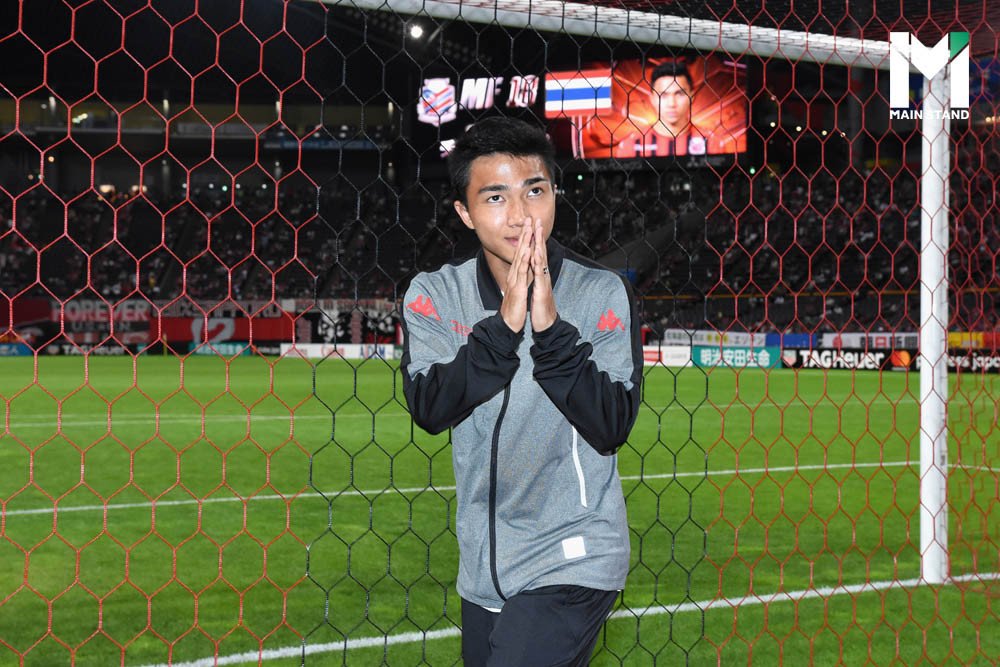
They managed to snap up Thailand’s brightest talent, Chanathip Songkrasin, on loan from Muangthong United for the second half of the 2017 season.
Chanathip turned out to be a jackpot for the Hokkaido side, making an impact even before his first match when he gave the club a huge profile boost in his homeland. A video of Chanathip’s first practice session with Consadole was posted on the J.League Facebook fan page and gained three million views.
"I was surprised when a video of Chanathip's first practice in Sapporo attracted three million viewers, more than the entire population of Sapporo,” said Mitsuru Murai, J.League chairman, in an interview with Kyoto News.
Chanathip's move also saw Consadole strike a deal with Thai broadcasting giants TrueVisions, who brought the rights to broadcast their matches on their free and on-the-go True4U channel. Consadole’s match against Kawasaki Frontale in August 2017, shortly before Chanathip’s arrival, drew an estimated 400,000 viewers.
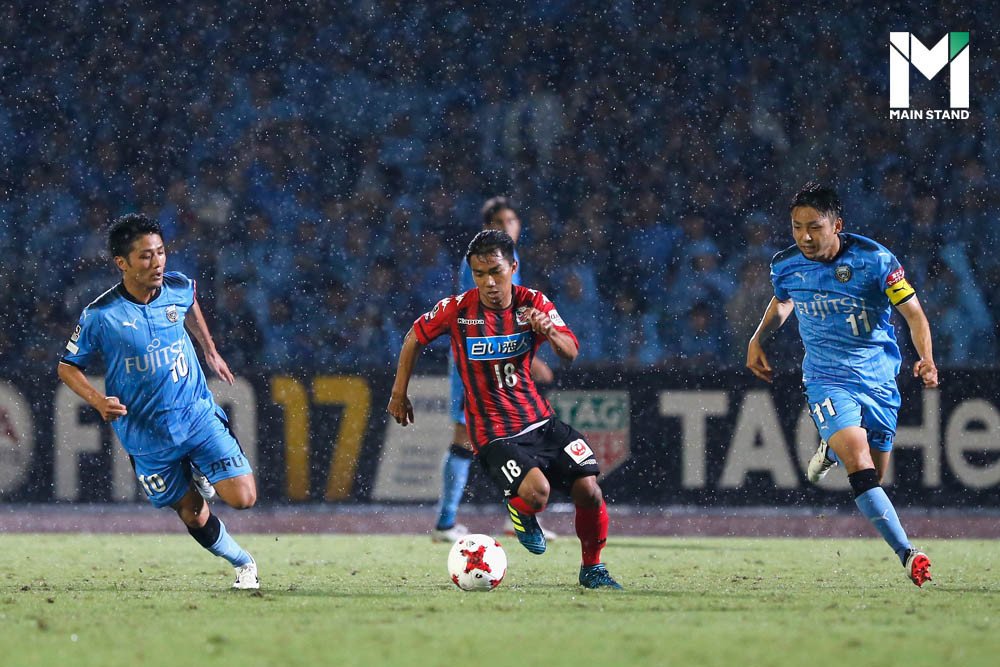
The Thai forward didn’t take long to secure a regular starting spot with the Owls, playing in all available 16 matches after finalizing his move. Even though he couldn’t find the net and only registered one assist, he received a positive reception from the supporters and the Japanese press.
The diminutive forward came into his own during his second season, becoming the attacking linchpin of Mihailo Petrovic’s side. “Chana-kun” scored eight goals and registered two more assists in 30 matches, helping Consadole to an all-time high fourth place finish. His excellent contributions saw him awarded as the club’s most valuable player and selected to the J.League Best XI, becoming the first Southeast Asian player to earn that honor.
Recognition from afar
In addition to his excellent performances on the field, Chanathip had a major influence for Consadole off the pitch as well. A survey of Thai football fans by Nielsen Sports showed that 93% recognized the city of Sapporo, putting it behind only Tokyo (98%), Osaka (96%), Yokohama (96%) and Hiroshima (94%). When compared to Thai people who don’t follow the sport, Sapporo was still recognized by 11% of respondents.
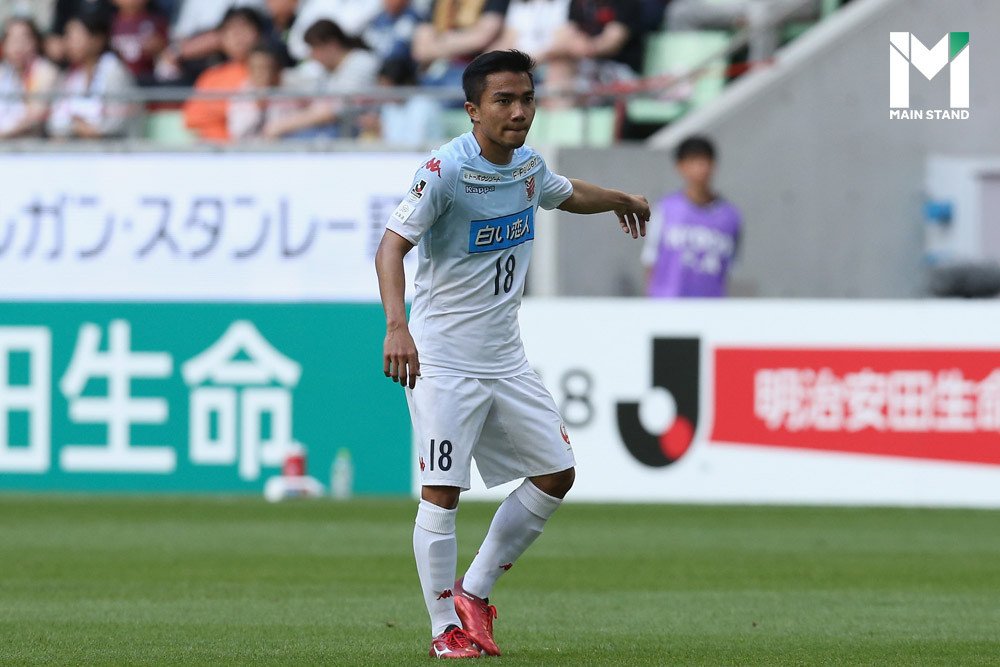
The Hokkaido capital has also become a new destination for ‘football tourism’ among Thai people since 2017.
Chanchai, a 46-year-old employee in a design firm, was a regular visitor to Japan, but took his first trip to Hokkaido with four of his friends to witness Thailand’s biggest star in action.
“I’m very happy because Consadole Sapporo won today,” Chanchai told NHA in 2019. “Chanathip’s movement was very impressive. He’s a part of this victory. Sapporo football fans are very nice too.”
This international recognition was also a massive boost to the J.League’s global popularity. Asahi Shimbun, one of Japan’s top media firms, reported that the value of its broadcasting rights contract with a Thai media company for the 2020-2022 seasons increased by about fivefold from the 2017-2019 period.
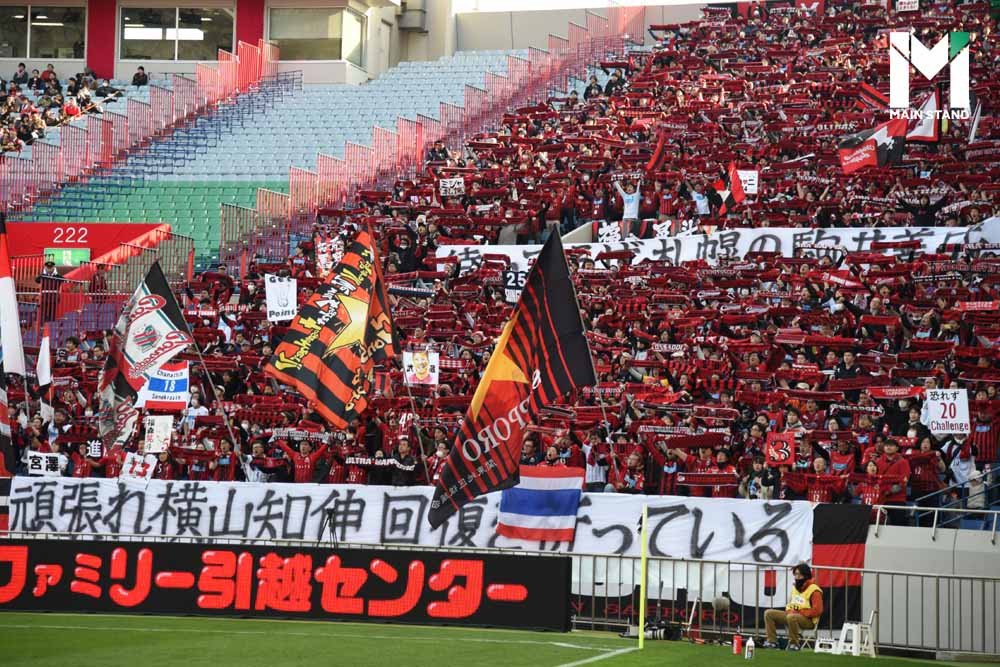
Furthermore, the league was being more talked about than ever; 745 news articles had the term ‘J.League’ as a keyword in 2016, while that figure rose to 2,315 in 2017. By the end of 2020, that number was at 4,880, about seven times the total for all of 2016.
"He (Chanathip) has made a huge impact on the J-League. I want him to continue developing in the league," Murai stated to Kyodo News.
New path for ASEAN players
Chanathip’s success has undeniably increased J.League clubs’ interest in ASEAN players. Shortly after moving, Chanathip’s compatriots Teerasil Dangda and Theerathon Bunmathan were signed by Sanfresse Hiroshima and Vissel Kobe. In addition, Vietnamese goalkeeper Đặng Văn Lâm signed for Cerezo Osaka in 2021, and Indonesian star left-back Pratama Arhan joined Tokyo Verdy earlier this year.
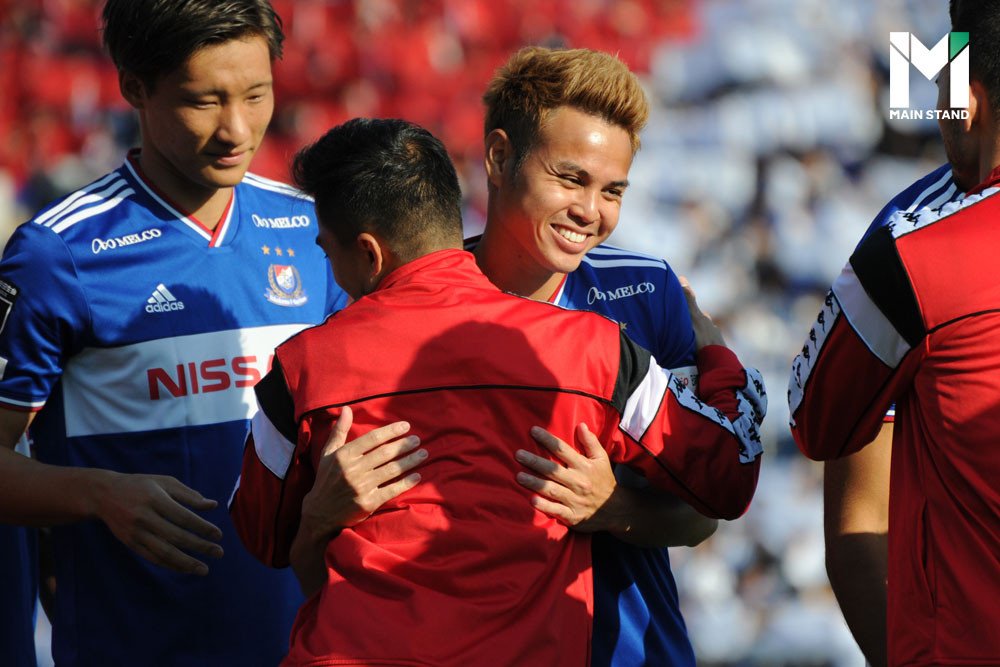
“I’ve been trying to tell every team to sign ASEAN players to their squads and have been talking about their performance for more than five years now,” Koyama explained to NHA. “But it’s still very hard to achieve because of the bias toward Southeast Asian players. However, Chanathip’s success has made them realize that if there are any decent ASEAN players, they should take that chance.”
Chanathip repaid Consadole one final time in early 2022, when he netted the club a record fee for a domestic J.League transfer, signing for defending champions Kawasaki Frontale for a staggering $3.8 million.
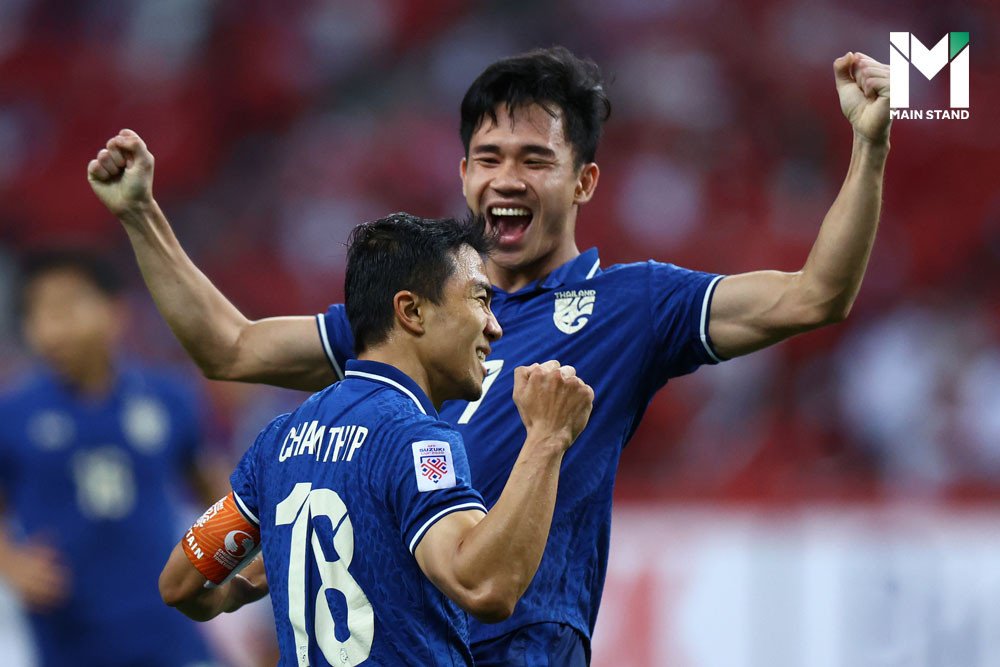
The Owls took this chance to show their commitment to the Asia strategy, replacing him in short order with Buriram United’s Supachok Sarachat, considered the brightest young talent in his homeland. This move makes Supachok the third Thai and sixth ASEAN player to join the Sapporo club, proving that Consadole’s vision and philosophy remain strong after 10 years.
Better together
Fielding players from Southeast Asia has given Consadole a clear vision and direction on and off the field.
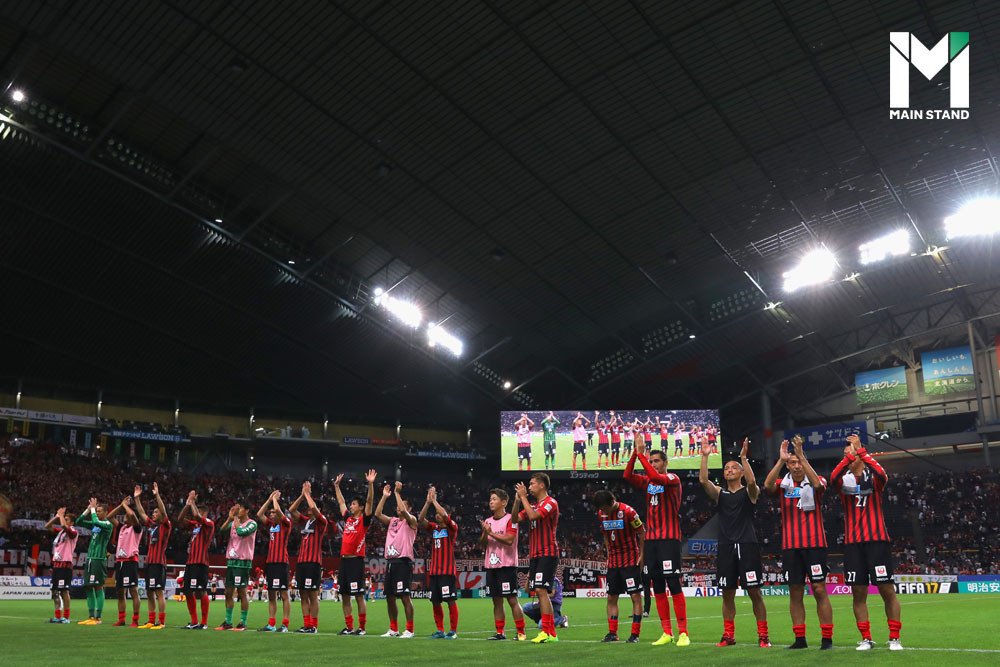
“If you only want a stronger team then you shouldn’t bring ASEAN players that can’t compete with the standard of play set by the local players,” Hirokatsu Mikami, Consadole Sapporo’s general manager, told Yahoo Japan.
“I was mocked by the other J.League clubs’ staff when I first brought Lê Công Vinh from Vietnam and Chanathip from Thailand. But we have a prosperous vision for Hokkaido.”
“This has made us a bridge between ASEAN and Japan. But the most important thing is that the players from the region prove their worth in J.League.”
“Having Chanathip is significant for Consadole because he will become the bridge between companies and organizations in Hokkaido who want to create relationships with the ASEAN. I often hear the impression that football can be used like this, and the sport has this power,” Mikami concluded.
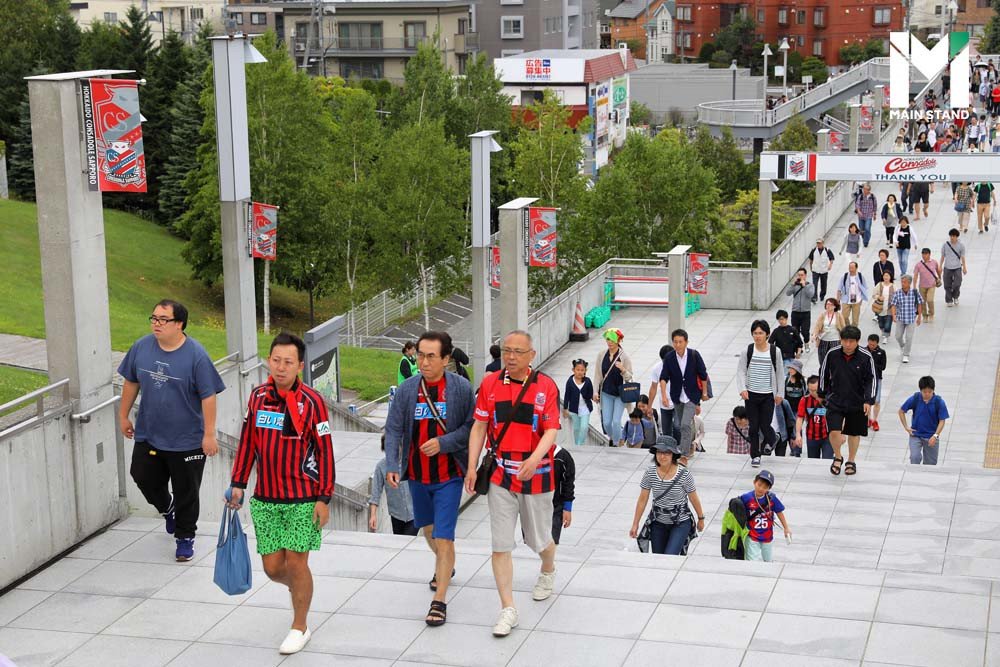
Consadole’s ‘prosperous vision’ has hugely benefitted their club, the J.League and even the ASEAN region.
As the only J.League outfit to fully embrace the ‘Asia strategy,’ Consadole Sapporo are finally reaping full reward almost a decade from their initial investment. Their recent moves show they remain committed to the Southeast Asian market. The experience could inspire other Japanese sides to do the same, benefiting football in the ASEAN region.
Sources:
https://www.nna.jp/nnakanpasar/backnumber/190101/feature_005
https://news.yahoo.co.jp/byline/murakamiashishi/20190109-00110535
https://www.nna.jp/nnakanpasar/backnumber/190101/feature_001
https://style.nikkei.com/article/DGXMZO32207200V20C18A6000001/
https://news.yahoo.co.jp/articles/43055ca71a1947182c5838cb6e537c01d4b6d66d
https://www.goal.com/en-sg/news/a-bridge-through-football-how-the-j-league-connected-japan/blt487e65da1a2123d6
https://www.jleague.co/news/a-bridge-through-football-how-the-jleague-connected-japan-and-southeast-asia-part-1/
https://english.kyodonews.net/news/2019/02/6de09166a34f-feature-soccer-thai-star-helps-j-league-aim-for-southeast-asian-expansion.html
https://asia.nikkei.com/Business/Business-trends/Big-in-Thailand-Japan-soccer-catches-on-in-Southeast-Asia
https://apnews.com/article/178971baa26842fab047588617eb7178
https://www.asahi.com/ajw/articles/14108966
https://www.nytimes.com/2014/03/06/sports/soccer/j-league-looks-to-be-a-force-in-southeast-asia.html

